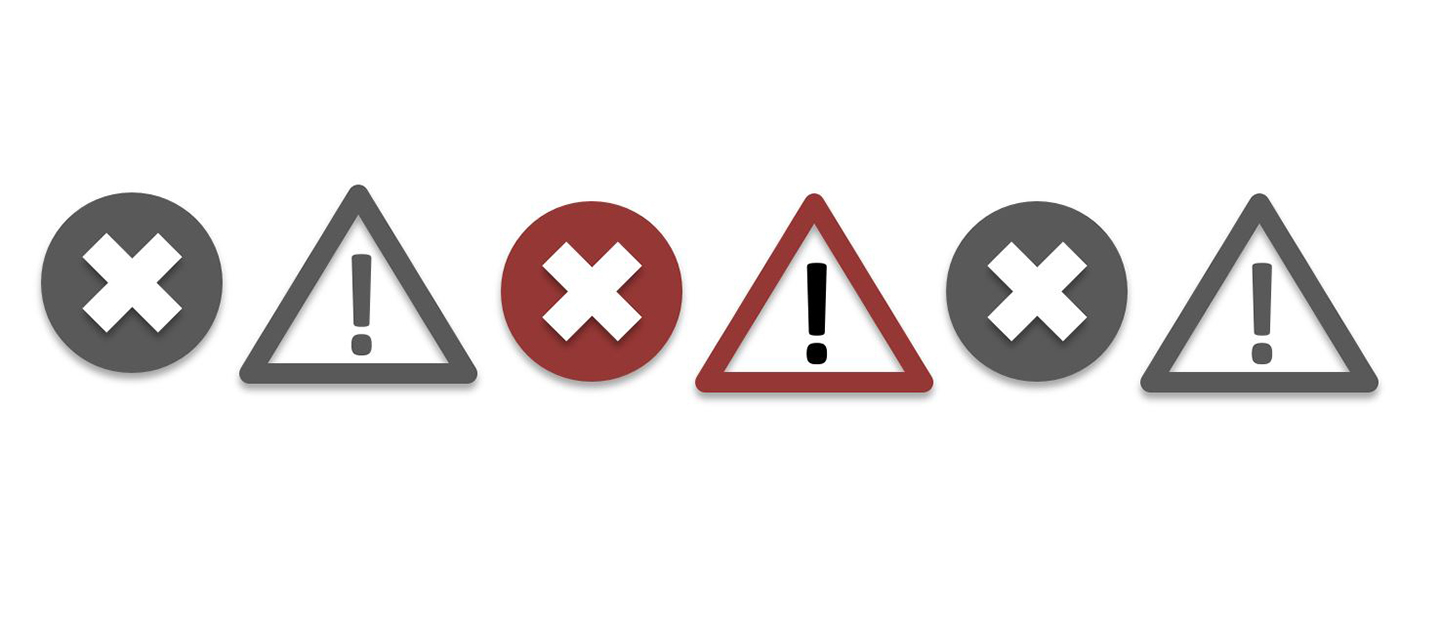Center for Excellence in Teaching and Learning
100 Library Drive
Rochester, Michigan 48309-4479
(location map)
(248) 370-2751
[email protected]

Thrown into Learning: Experience Before Delivery
Normally learning in the classroom starts with delivery: reading before discussion, lecture before practice, review before testing. When might it be advantageous to flip this order? By asking students to demonstrate knowledge before you have delivered course content via lecture, text, or instructional video, students can better appreciate the gap of knowledge before and after reviewing the course content. By going through the active experience of learning without all of the answers, students are more aware of what they do not know, learn through mistakes, and develop curiosity. Consider when and how you can throw students into learning by starting with hands-on experience before content delivery.
How to Start with Experience
- Introduce a new lesson with a problem, scenario or case study. Ask students to inhabit the real-world situations that require the course knowledge you are about to deliver. Ask what they would do, why they would do it, or what they will need to know in order to sufficiently complete the task. Then, the scenario can be the road map for how you eventually cover the related course content.
- Let students make mistakes. Instructors logically provide students with knowledge before assessing them on that knowledge, but if students are assessed on their current knowledge without a grade, there is no harm in asking a question students might not be equipped to answer. We have heard of this concept in the distribution of pre-tests and post-tests—how else can this practice be employed? By putting students in a situation where they can make mistakes without hurting their grades, they can become more aware of what they do not know and what they have yet to gain in your course.
- Facilitate a discrepant event. Discrepant events, derived from STEM education, are situations that defy our understanding of an idea, fact, or law—even to the point of contradicting common sense. They put learners in the situation of assuming one outcome but being met with another reality or truth. While these take the form of physical phenomena in the sciences, the same principle can be applied to other disciplines to remind students to think critically about course content and test their assumptions. Consider these questions when brainstorming a discrepant event:
- What are the consequences of assumptions in your discipline or career?
- What fact or law relating to course content defies common knowledge?
- When does success in your field require “breaking the rules”?
While mistakes are a normal part of much of the everyday learning students do, they may be uncomfortable with problem-solving without all the tools and information they rely on their instructors to provide. Communicate to students that this is part of the learning design and that they are not being penalized for not knowing all of the answers but being empowered to work through that which they do not yet know.
Updated from the original teaching tip published on 10/29/2017.
Save and adapt a Google Doc version of this teaching tip.
About the Author
Written by Christina Moore, Center for Excellence in Teaching and Learning at Oakland University. Others may share and adapt under Creative Commons License CC BY-NC. View all CETL Weekly Teaching Tips.